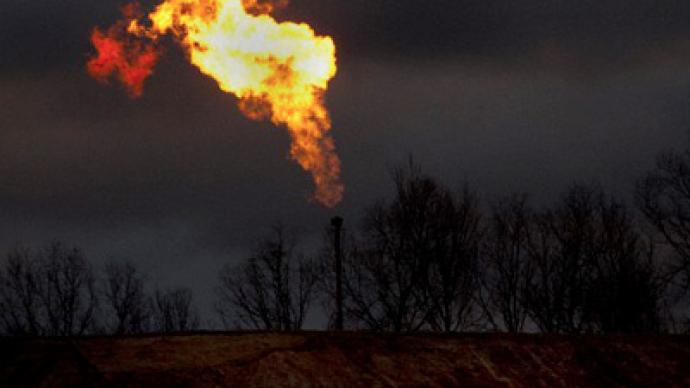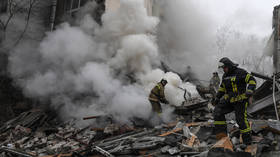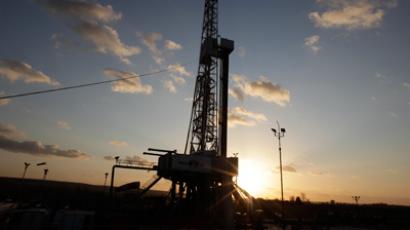Tale of ‘shale blessing’ loses glamour

There are two sides to the ‘shale revolution’ of developing alternative energy sources. As more experts are looking deeper into the viability of shale projects, such issues as lower costs and ecological safety of shale are being questioned.
While the Paris-based International Energy Agency (IEA) is praising shale in its annual energy report, sayingthe alternative commodity will largely help the United States become a net fuel exporter by 2030 and achieve energy independence by 2035, experts are getting increasingly doubtful over the blessings of shale energy. Among the drawbacks is the current high cost of exploration. Also the process involves a hydraulic fracturing process, which is quite costly, at least at the time being.The cost of extracting shale gas with existing technology now stands at around $125 per thousand cubic metres (cbm), while the price of conventional gas in the US varies around $80 per 1,000cbm.“The second thing is that nobody thinks very much about is the decline rates shale reservoirs experience. Well, I've looked at this. The decline rates are incredibly high. In the Eagleford shale, which is supposed to be the mother of all shale oil plays, the annual decline rate is higher than 42%,” according to Bill Powers,author of the book “Cold, Hungry and in the Dark: Exploding the Natural Gas Supply Myth.” “They're going to have to drill hundreds, if not thousands of wells in the Eagleford shale every year to keep production flat. Just for one play, we're talking about $10 or $12 billion a year just to replace supply. I add all these things up and it starts to approach the amount of money needed to bail out the banking industry,” Powers concluded.Another point that now increasingly seems to prove a myth is ecological safety of shale gas. The Obama administration has been pushing the development of shale resources, saying it helped to reduce the amount of greenhouse gas emissions.But since the hydraulic fracturing process involves a huge amount of chemicals which pose a threat of contaminating both nearby water and soil the extraction of shale gas could result in even higher greenhouse emissions than from conventional gas.One of the recent environmental objections came from Algeria, the world’s fourth-largest gas exporter that has recently decided to develop its shale gas potential. Among the key concerns was that the induced hydraulic “fracturing weakens the ground and the subsoil, making earthquakes more likely,” according to Chems Eddine Chitour, director of fossil energy development at Algiers’ Ecole Polytechnique, talking to the Oman Tribune.According to scientists at Cornell University, the entire lifecycle of shale gas proves to be dirtier than coal.A "bridge fuel to nowhere" – that’s the name the Post Carbon Institute gave to shale gas in a June 2011 report.














